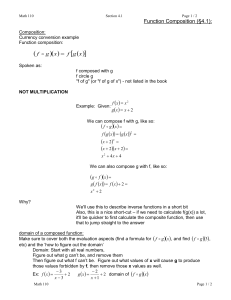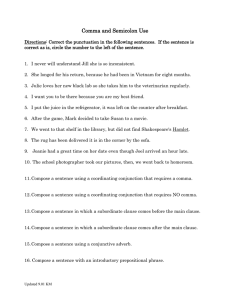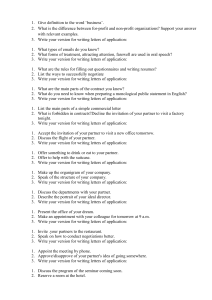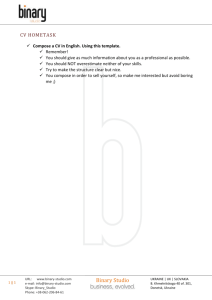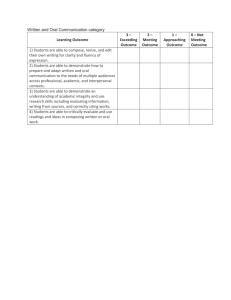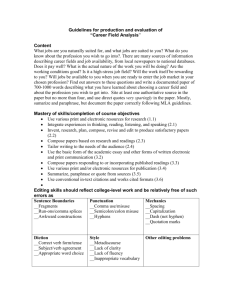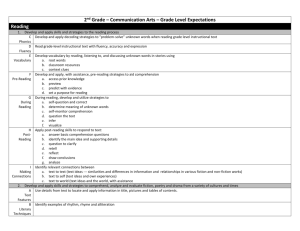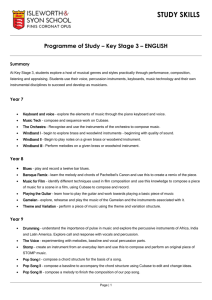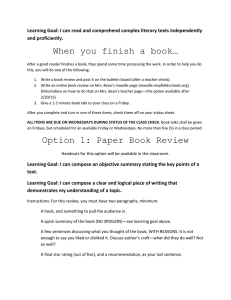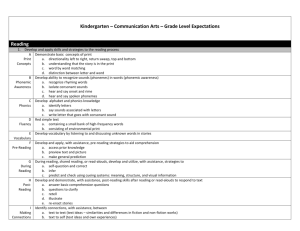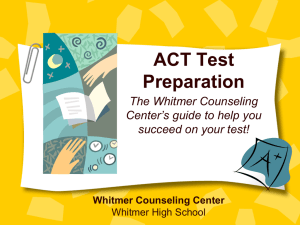FI34.HANDOUT.Learning Centers
advertisement
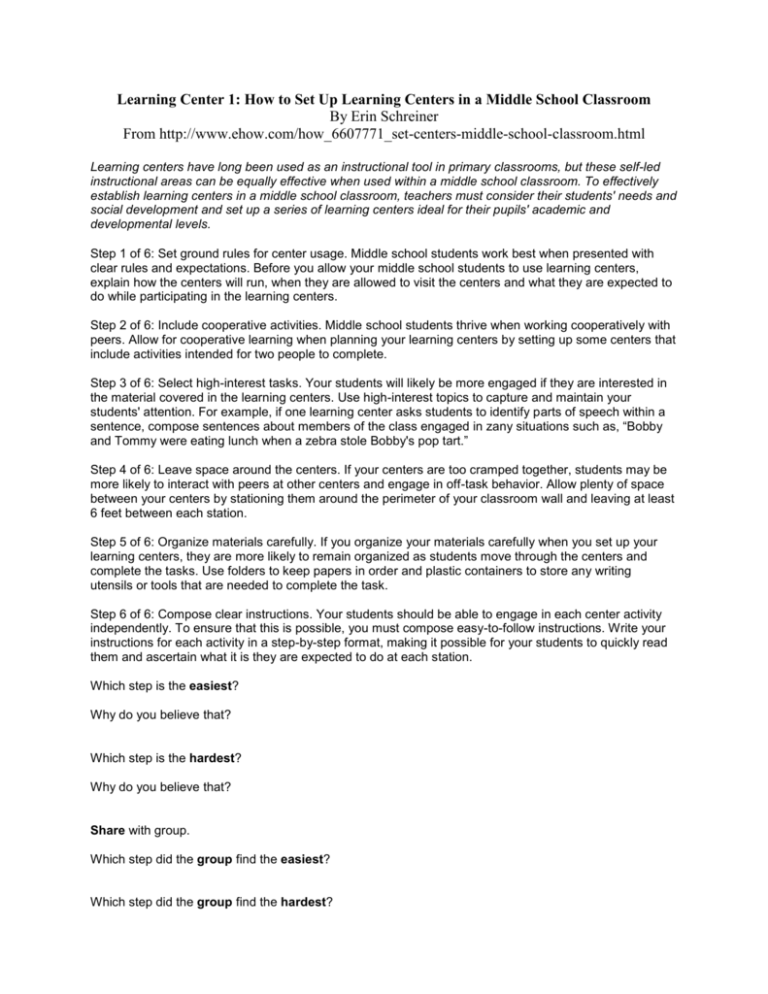
Learning Center 1: How to Set Up Learning Centers in a Middle School Classroom By Erin Schreiner From http://www.ehow.com/how_6607771_set-centers-middle-school-classroom.html Learning centers have long been used as an instructional tool in primary classrooms, but these self-led instructional areas can be equally effective when used within a middle school classroom. To effectively establish learning centers in a middle school classroom, teachers must consider their students' needs and social development and set up a series of learning centers ideal for their pupils' academic and developmental levels. Step 1 of 6: Set ground rules for center usage. Middle school students work best when presented with clear rules and expectations. Before you allow your middle school students to use learning centers, explain how the centers will run, when they are allowed to visit the centers and what they are expected to do while participating in the learning centers. Step 2 of 6: Include cooperative activities. Middle school students thrive when working cooperatively with peers. Allow for cooperative learning when planning your learning centers by setting up some centers that include activities intended for two people to complete. Step 3 of 6: Select high-interest tasks. Your students will likely be more engaged if they are interested in the material covered in the learning centers. Use high-interest topics to capture and maintain your students' attention. For example, if one learning center asks students to identify parts of speech within a sentence, compose sentences about members of the class engaged in zany situations such as, “Bobby and Tommy were eating lunch when a zebra stole Bobby's pop tart.” Step 4 of 6: Leave space around the centers. If your centers are too cramped together, students may be more likely to interact with peers at other centers and engage in off-task behavior. Allow plenty of space between your centers by stationing them around the perimeter of your classroom wall and leaving at least 6 feet between each station. Step 5 of 6: Organize materials carefully. If you organize your materials carefully when you set up your learning centers, they are more likely to remain organized as students move through the centers and complete the tasks. Use folders to keep papers in order and plastic containers to store any writing utensils or tools that are needed to complete the task. Step 6 of 6: Compose clear instructions. Your students should be able to engage in each center activity independently. To ensure that this is possible, you must compose easy-to-follow instructions. Write your instructions for each activity in a step-by-step format, making it possible for your students to quickly read them and ascertain what it is they are expected to do at each station. Which step is the easiest? Why do you believe that? Which step is the hardest? Why do you believe that? Share with group. Which step did the group find the easiest? Which step did the group find the hardest? Learning Center 2: How to Set Up Learning Centers in Your Classroom 1.) What would be a good topic to teach using centers? 2.) What do the students need to do to learn that topic? These will be your centers. 3.) Using the answers to the question above, how many centers would you need? 2 3 4 5 4.) Thinking about your general class size, how many students would you have in a group? 2 3 4 5 6 5.) Where could you place your centers in your classroom? Use the space below to draw a sketch of your room and where you could place centers. 6.) What would you title each center? What would students do at each center? Center Number 1 2 3 4 5 Title of Center Center Activities
